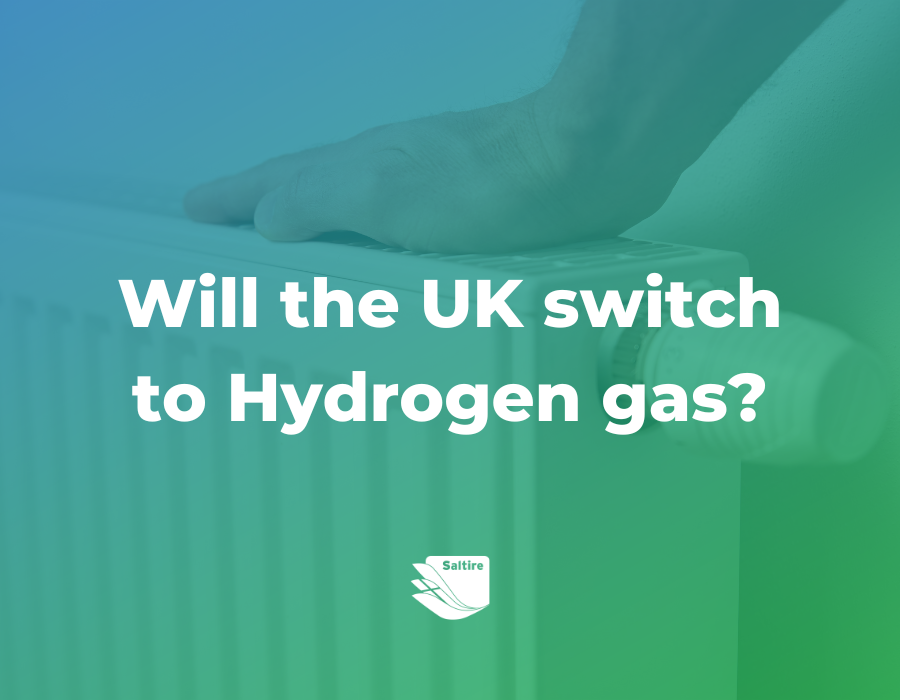Understanding the Difference Between Solar PV and Solar Thermal Panels
Solar energy is harnessed in two primary ways: through photovoltaic (PV) panels and thermal panels. Both technologies capture the sun’s energy, but they do so in fundamentally different ways and serve distinct purposes.
Solar Photovoltaic (PV) Panels
Solar PV panels convert sunlight directly into electricity using semiconductor materials, typically silicon. When sunlight strikes these materials, it excites electrons, creating an electric current. This process is known as the photovoltaic effect. PV panels are composed of multiple cells, each capable of generating a small amount of electrical power. When these cells are combined in a panel, and panels are combined into an array, they can produce significant amounts of electricity.
PV systems can be used for a wide range of applications, from small-scale uses like charging portable devices to large-scale power plants providing electricity to the grid. They are versatile and can be installed on rooftops, integrated into building materials, or deployed as standalone installations in solar farms. The electricity generated can be used immediately, stored in batteries, or fed into the grid.
Solar Thermal Panels
In contrast, solar thermal panels do not generate electricity but instead capture and transfer heat. These panels absorb sunlight and use it to heat a fluid, typically water or a heat-transfer liquid. The heated fluid can then be used for various purposes, such as providing hot water, space heating, or even driving turbines to generate electricity in concentrated solar power (CSP) plants.
Solar thermal systems are often used in residential and commercial settings for heating water or indoor spaces. They are especially effective in regions with high sunlight exposure and can significantly reduce the need for conventional heating fuels, thus lowering energy costs and reducing greenhouse gas emissions.
Key Differences
The primary difference between these two technologies lies in their output: PV panels produce electricity, while thermal panels produce heat. Additionally, the applications of each technology vary, with PV panels being more versatile in providing electricity for various uses, whereas thermal panels are specialized for heating purposes.
In summary, both solar PV and thermal panels offer sustainable energy solutions, each with its unique advantages and suitable applications, contributing to the broader adoption of renewable energy.




